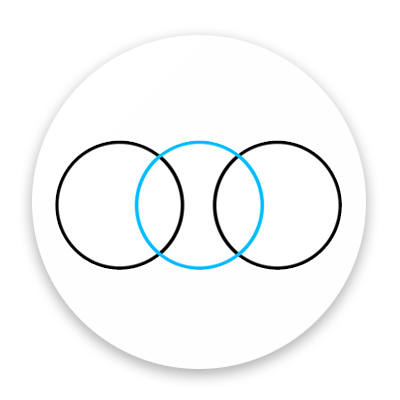For my independent practice I've been researching the various ways to use Black and White to add meaning to a picture, but also how to use it technically as well, what I've discovered has been eye opening.
Due to B&W not being the most commonly used format in film making today there hasn't been much to find online that will help me in film making, but I have been able to find a lot in regards to photography, of which it is still very popular. Firstly, black and white still picks up colour information even though it doesn't show them on screen, so red might be a darker shade of grey than blue for instance, so adding colour filters to the camera or in post can create some fantastic creative pathways. If you use Red as your primary filter, Blues become much darker, but Reds become much lighter.
During the silent film era the actors that you see wearing make up probably weren't just covered in standard Black eyeliner, in fact it was probably more likely that they were wearing whatever makeup worked the best with the colour filter on the lens, which lets the audience build up a different impression of them simply dependent on their colour.
For my film, which includes Red Blood, I want to make the blood come out like it is strong, bold and violent, so I think that by adding a Green colour filter it will give me the best contrast between yellowy skin which will come out a sharp white and red that will appear very dark and threatening.
http://www.photographymad.com/pages/view/using-coloured-filters-in-black-and-white-photography





